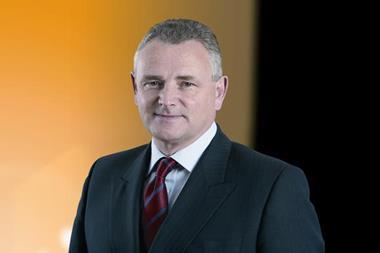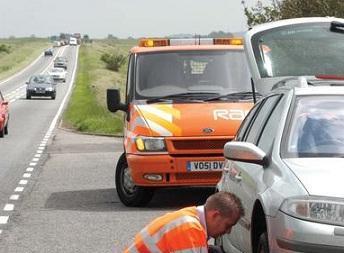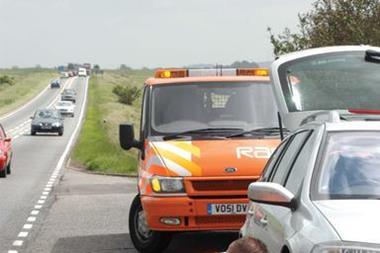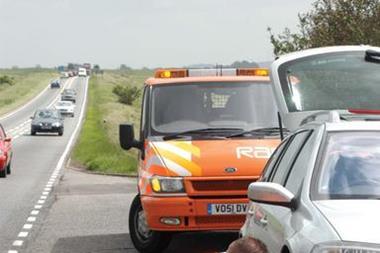Three known bidders go into second round for ‘underperforming’ RAC
The battle for RAC stepped up this week as it emerged that Brightside and former AXA boss Mark Wood have been working on bids with banks and private equity houses.
It also emerged that Aviva is preparing for the loss of RAC, which is present on aggregators, by developing an online-only motor offering on price comparison sites this summer. Aviva pulled its own brand out of comparison sites in September 2008 to go direct.
One source said bidders may have to pay up to £800m for RAC, but that was later questioned by analysts, who say £600m is a realistic price.
There is widespread agreement that the RAC insurance arm has underperformed. One way of boosting revenues – to exploit earnings from claims referrals – has been underplayed by Aviva.
One source said: “There are 300,000 policies with RAC. It should be making between £10m and £12m in profit but it’s not. There’s real potential there.”
An industry source speculated that Brightside, which would take over the management of RAC if successful, had been talking to private equity firm Clayton Dubilier & Rice.
Meanwhile, Wood is thought to have wooed investors using his extensive City experience and three years running AA’s insurance arm.
These two new bidders join the race for RAC against another known bidder, private equity firm Carlyle. The bidding is in the second round, the first having ended on 18 April.
Private equity adviser Boston Consulting has been asked by one of the bidders to scour the market for individuals to manage RAC.
Aviva’s return to selling business on aggregators is a change of heart since it set up its own comparison service two and a half years ago. “We don’t want to exclude ourselves from the aggregator market completely,” said Aviva UK chief executive Mark Hodges. “Customers like to use it to do price comparisons.”
But Hodges insisted the move was driven by the company’s search for a way to underwrite profitably through the aggregator channel.
“Having got our act together in personal lines pricing and advertising in the direct business, this should be seen as nothing more than a natural next step for us,” he said.
Aviva will not use its own brand when it resumes trading on aggregators. “You don’t want to muddy the waters between that brand and the service offering of something else that’s internet-only and will only appeal to certain types of people,” said Hodges.
Aviva is keen to capitalise on hardening motor rates, which boosted first-quarter growth.
It posted strong Q1 results for its UK general insurance business. The combined ratio improved six points to 98%, while premiums written increased 20% to £1.1bn.
The analyst angle: Giles’s spending cycle
Since 2008’s Charterhouse Capital-backed buyout, Giles has been highly acquisitive, spending more than £250m on smaller brokers.
This comes at a cost. The parent firm has reported net debt of £219.3m and negative net assets. But the strategy should pay off if the group is well run, leading to economies of scale and cross-selling opportunities.
The losses for 2009/10 are partly cyclical and partly the result of the group’s expansion. Two concerns are the impact
of a return to normal interest rates on a group with such high debt, and the risk of losing key staff.
The group depends on capital backing from Charterhouse, and unless the group implodes, it remains in Charterhouse’s interest to maintain that.
The 2008 deal gave Giles £500m and it has only spent £255m, so we can expect it to continue on the acquisition trail.
John Borgars is an award-winning analyst with independent research firm Equity Development. For more of this exclusive article, see insurancetimes.co.uk/insight






































No comments yet